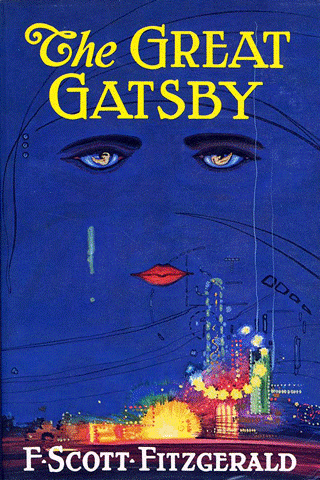Here as promised on Thursday, is Caitriona Lally’s guest post for The Landing Book Shelves, marking my 200th blog post:
I tend to get obsessive about writers and read everything they’ve ever written as quickly as I can. I love writers who see things with fresh eyes, who write with ferocity and are fearless about telling fictional truths. I don’t need to like the characters, but I need to not completely hate them. In recent years, I’ve glutted myself on the works of Henry Miller, Anne Enright, Kevin Barry, Aleksandar Hemon, Lorrie Moore, W. G. Sebald, Mary Costello, Alice Munro, Rachel Cusk, James Salter, and Lydia Davis. When I read such writers, I soak up their gorgeous sentences, but to motivate me to actually write, I read books about writers’ routines. I have yet to figure out a routine of my own, and tend to stuff my writing into whatever time-gaps appear in my day, so I find the notion of a habit or ritual encouraging. When I’m asked about my writing routine, it’s very tempting to describe a rigid regime that makes me look highly disciplined and hugely prolific, interspersed with a few quirks to make me seem eccentric and interesting (I can only write on vellum from month-old Friesian calves using yellow pencils sharpened with a miniature cleaver.)
I love the book Daily Rituals, by Mason Currey, which gives details of the precise preferences of various writers, artists, and composers. Their eating habits in particular fascinate me: so many writers seem to focus on their brains at the expense of their bellies, which is beyond my comprehension. My stomach clenches in knots at the idea of such foodlessness – I can’t have a cup of coffee without cake or chocolate, and I drink a lot of coffee when I’m writing. According to Currey, Proust ate croissants, but far too few for my liking. Patricia Highsmith worked from bed with a doughnut “and an accompanying saucer of sugar” which makes me think she and I would be kindred spirits.
I like knowing that W. H. Auden and Graham Greene took amphetamines to help them to write; it makes me feel smug if I can get words onto a page with only caffeine and sugar for a buzz. It’s also nice to know that Proust needed caffeine tablets and barbital sedatives to keep writing his masterpiece, that Balzac may have drunk up to fifty cups of coffee a day, and that Truman Capote preferred to work from bed or horizontally at least. Reading about writers’ habits instead of forming your own ones can be a kind of procrastination, however, and it gets addictive.
Anne Lamott’s Bird by Bird and Annie Dillard’s The Writing Life are books I return to when I feel low on motivation. Both are meditations on why we write, and how to live and write. They’re full of wit and compassion and sheer bewilderment at why we do this to ourselves, this endless torment of trying to write the perfect sentence, when we could be doing sensible jobs with normal hours. I find Dillard’s almost monastic approach to food fascinating – she describes writing for a whole day with nothing in her belly but coffee and reheated soup. Lamott’s title refers to a family story: when her brother was ten and had left a school report on birds until the last minute, he sat at the kitchen table surrounded by unread books, overwhelmed by the task ahead. Lamott’s father put his arm around the boy and said “Bird by bird, buddy. Just take it bird by bird.” It’s a quote I love – any writer could substitute word or sentence for bird, and it’s the perfect advice. When I read these books, I feel like I’m not alone in my efforts to battle procrastination, to will myself to stick with it. Keep going, I tell myself, just another few hundred words; come on, bird by bird.
***************************
I hope that Caitriona’s post has both given you some reading inspiration (there are writers mentioned that I haven’t got around to yet) and the impetus to keep on writing….word, by word….
Thanks very much to Caitriona Lally for taking the time from her Eggshells publicity round, to contribute to The Landing. If you want to hear about Caitriona’s readings and events, follow @CaitrionaLally. You can find out more about the process of writing Eggshells in Caitriona’s article for Writing.ie and also purchase a copy direct from Liberties Press.
Picture Credits: Liberties Press & Liberties Upstairs.











You must be logged in to post a comment.